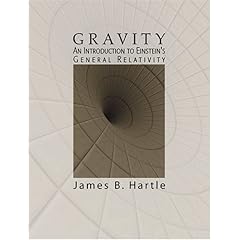 Chalk another one up for the determined youth that once again does not take their elder scientists' words as gospel truth or settled facts. Out in deep space about 1.5 billion light years away, a catastrophic event happened causing a massive amount of energy to affect listening equipment. At the time of the event, with researchers stating adamantly it was man made. This pat explanation did not sit well with an enterprising undergrad wannabe astrophysicist who went on a quixotic quest to study the data from the Small Magellianic Cloud.
Chalk another one up for the determined youth that once again does not take their elder scientists' words as gospel truth or settled facts. Out in deep space about 1.5 billion light years away, a catastrophic event happened causing a massive amount of energy to affect listening equipment. At the time of the event, with researchers stating adamantly it was man made. This pat explanation did not sit well with an enterprising undergrad wannabe astrophysicist who went on a quixotic quest to study the data from the Small Magellianic Cloud.David Narkevik, an undergraduate at West Virginia University, was re-analysing data from the Parkes telescope in Australia when he came across a five-millisecond burst of energy so powerful that it "saturated" the equipment. Researchers had previously dismissed it as a man-made phenomenon, an accident to be ignored, according to Australia's Commonwealth Scientific and Industrial Research Organization (CSIRO).Surely something in outer space will get named after this kid that just set the astrophysics world on its ear. This could very well be the first recorded instance of mega stars colliding, a black hole collapsing or some as yet to unimagined cosmic event. Astronomers are studying the telescopes data which is 5 milliseconds long. It won't be iPod worthy or a contestant on name that sound. But it is fascinating to know something changed out in deep space and was heard on earth, albeit six years later after rediscovering the radio burst tape.
Lorimer cautioned that it's impossible to say for certain what the radio burst might ind
icate at this point, as it is the only one that has been detected so far.
"We're keeping very open minds about this thing," Lorimer said, adding that their uncertainty stems from the inability to pinpoint it to a galaxy or other celestial object that could reveal some clues to its identity. "We're putting a lot of effort into poring through other radio data to find more of these things."
So far, the search has left the researchers empty-handed, but it may be an issue of sensitivity. Lorimer emphasized that the records are several years old and few radio observatories have the sensitivity to detect such short bursts.
"Based on the area we looked at, we think this type of burst may occur at a rate of a couple hundred each day," Lorimer said. He thinks that whole-sky surveys using next-generation radio observatories would be needed to detect most of them.
That is a stunner because the early betting is they might be able to understand more about the mystery of gravity. Imagine that you are a young student and physics took a major leap forward in comprehension as you were digging around listening to radio tape. Totally Awesome.

James B. Hartle gives an elegant explanation of the modern essence of physics in his tome, Gravity: An Introduction to Einstein's Relativity. It took Einstein a decade and a half to come up with the theory explained here in a beautifully postulated book that costs what the theory is worth.










No comments:
Post a Comment